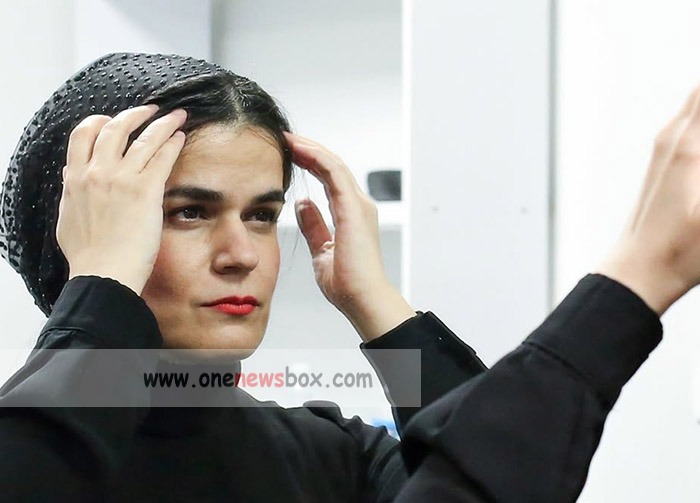
On Wednesday, November 12, the grand stage of Vahdat Hall witnessed an event that will be remembered as one of the most significant milestones in the cultural history of Iran: for the first time, a woman officially stood on the podium as conductor of the Tehran Symphony Orchestra. Paniz Feryosefi, a young but seasoned Iranian musician, violinist, teacher, and composer, stepped into a role traditionally dominated by men for decades, marking a turning point for women in Iranian classical music. The evening was not only a celebration of her achievements, but also a reminder of the long-standing cultural evolution of Iranian society—a gradual but persistent journey toward artistic inclusivity.
The concert was an artistic triumph, but it was also deeply personal. The violin soloist of the night was Pedram Feryosefi, Paniz’s brother and one of Iran’s prominent violinists. Their performance together symbolized a continuation of a musical lineage rooted in familial dedication, discipline, and love for the art. For the audience at Vahdat Hall—musicians, scholars, critics, and ordinary enthusiasts—this was more than a performance; it was a historic chapter unfolding before their eyes.
This text provides a detailed, comprehensive, and contextualized account of the life and career of Paniz Feryosefi, her artistic background, and her path to becoming the first woman conductor of the Tehran Symphony Orchestra. It also examines the cultural significance of her November 12 concert, her extensive contributions to Iranian music, and the broader implications of her achievement in Iran’s artistic landscape.
